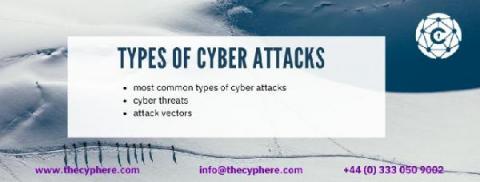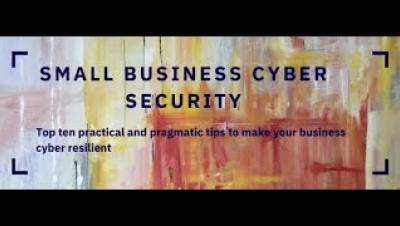Most common types of cyber security attacks (includes threats & attack vectors)
The cyber threat landscape evolves every day following the most basic to more advanced types of cyber attacks that makes daily headlines. It is due to data breaches, causing reputational, financial losses and regulatory penalties. Our aim with this article is to update the reader on various types and categories of cyber attacks that help them make informed decisions about their business to identify what is important and how it should be protected.












